The 29th
LaureatePainting
Shirin Neshat
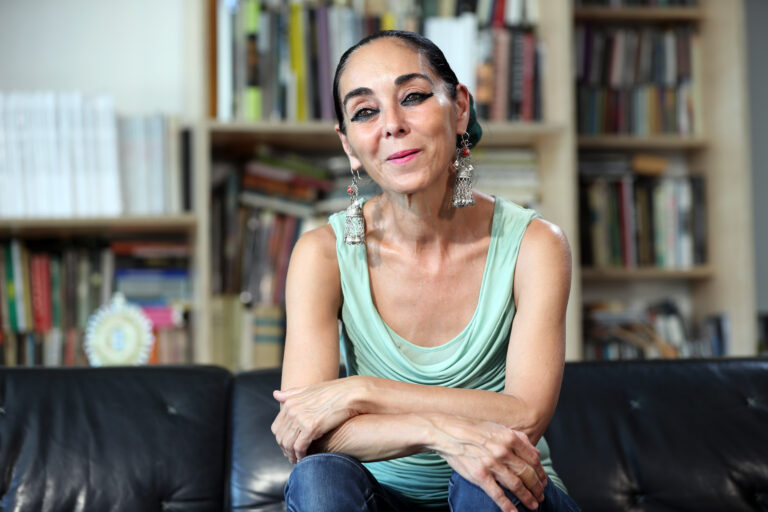
Shirin Neshat is an Iranian-born artist based in New York. Working across various visual mediums such as photography,video installation and film,she frequently focuses on issues facing Muslim women today,particularly those who live under extreme religious environments such as in the Iranian society. Neshat left Iran and immigrated to the United States when she was 17 years old to study art at UC Berkley. In 1993,she started to create work informed by her desire to express her reflections about her homeland,Iran,after the Islamic Revolution of 1979. The photo series Women of Allah (1993-97) and the video installation Turbulent (1998) are considered to be two outstanding examples of her work from this period,establishing her as a major voice in the art world. In 2005,she received the Hiroshima Art Prize and her first feature film Women Without Men,with music by Ryuichi Sakamoto,won the Silver Lion at the 2009 Venice Film Festival. Her most recent exhibition,Dreamers,opened this May,featuring a film and series of photographs that are Neshat’s first attempt to capture the American culture from her perspective as an exiled Iranian living in the United States.
Head shot by Lina Bertucci
Biography
Shirin Neshat is an Iranian-born artist based in New York. Working across various visual mediums such as photography,video installation and film,she raises issues related to the emotional,psychological and political situation of Muslim women living under oppressive regimes.
Her father,a medical doctor and an intellectual,had a worldly view and a strong interest in Western education for his children. Under the pro-American regime of the Shah,he was able to send his children to Catholic schools in Iran and then eventually,when Neshat was only 17 years old,he sent her abroad to study in America,as he had done for her brothers and sisters.
She studied Art at UC Berkley,however,after graduating,she decided against becoming a professional artist,preferring instead to work within the art world for the following decade.
In 1979,the Islamic Revolution,led by the religious leader Ayatollah Khomeini,changed the situation for her. Diplomatic relations were severed between US and Iran and Neshat was unable to return to her homeland until 1990.
After a 12 year’s absence and having spent so many years living in the West,she had become used to its stated values of freedom and democracy and once she returned to Iran,she found herself shocked by the impact the revolution had on her country. She especially felt a strong response to the way in which Iranian women’s lives were redefined by the revolution and how they were deprived of basic freedoms by the Islamic regime.
Her reaction was to create a body of work that simply framed her curiosities and inquiries; “Since the subjects I was interested in were so vast and complex,I decided to reduce my focus to the subject of women in relationship to the Islamic Revolution.” The way she expresses herself is unique and powerful. In the well-known photo series,Unveiling (1993) and Women of Allah (1993-97),she creates portraits of women,some wearing the chador,some with guns,but their hands,eyes,feet and faces (which are usually considered to be the parts of the body that a Muslim woman in Iran does not have to cover up in public) are covered with Persian writing – poems by Iranian feminists.
This powerful imagery is frequently returned to in subsequent works in her video installations – in which she juxtaposes images of men and women,of light and shadow,of black and white. By putting two opposing images next to each other,she tries to reach the truth behind the things around us. “The question of opposite,paradoxical issues have been the most relevant and the core of my concepts and visual aesthetics. As an Iranian artist living in America,I find myself constantly conflicted between my inner and outer worlds,meaning my personal anxieties as a human being versus my bigger concerns about the socio-political realities of our time.”
Her first full-length film Women without Men,with music written by Ryuichi Sakamoto,won the 2009 Venice Film Festival Silver Lion. She has always worked across many media and in May this year,she opened her latest exhibition,Dreamers,featuring a film and photographs that capture her first attempt to “depict American culture and what living across two cultures means.” She has directed the opera,Aida,at the Salzburg Festival this summer,and has also completed her second feature film,Looking for Oum Kulthum,based on the life of Egypt’s most famous female singer,Oum Kulthum.
In 2005,she received the Hiroshima Art Prize.
Chronology
Solo Exhibition at Whitney Museum of American Art,New York
Grand Prix at Gwangju Biennale,Gwangju,Korea
Solo Exhibition at Serpentine Gallery,London
Solo Exhibition at Musée ďArt Contemporain de Montreal
Bill Viola & Shirin Neshat at the State Hermitage Museum,Saint Petersburg
Solo Exhibition at Hiroshima City Museum of Contemporary Art
Dreamers,Gladstone Gallery,New York
Looking for Oum Kulthum premiered
-
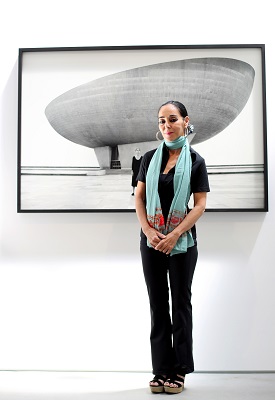
Untitled, from Roja series
-
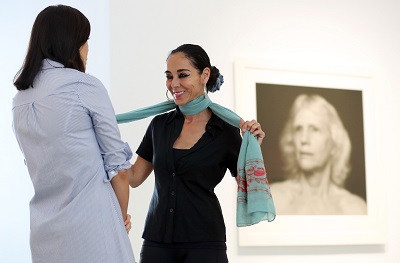
Ellen, from Dreamers Series
-
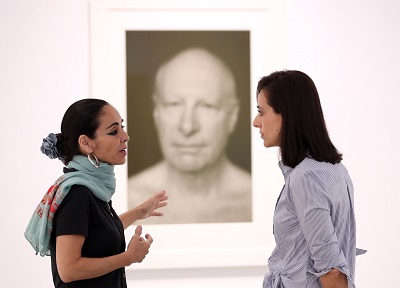
Ken, from Dreamers Series
-
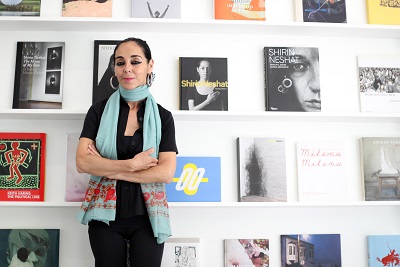
Gladstone Gallery
-
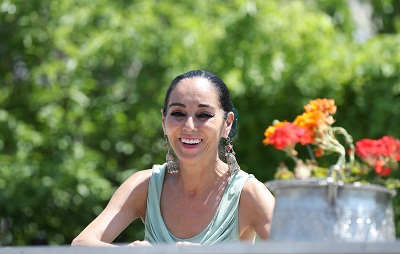
Her residence in New York
-
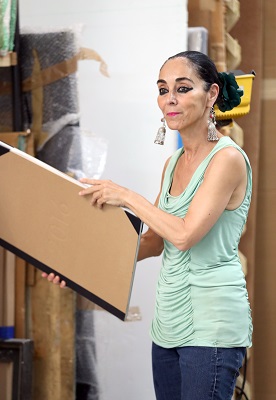
Her residence in New York

